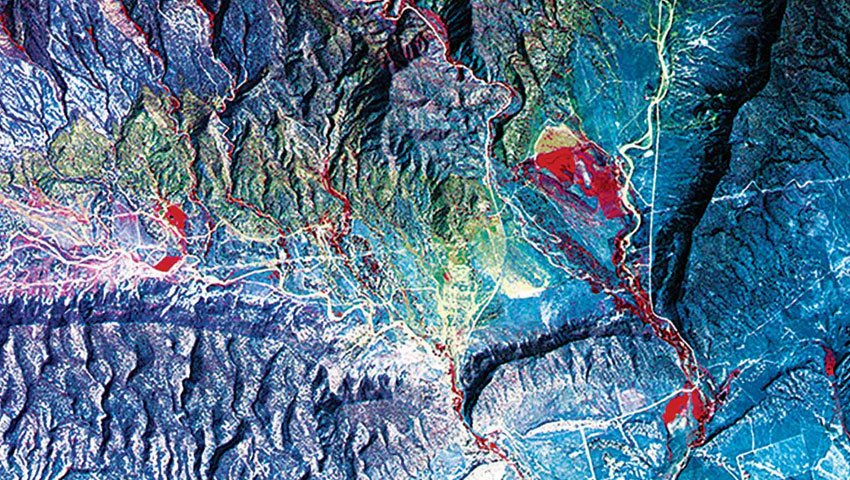Melbourne-based DMTC’s High Altitude Sensor Systems Program has partnered with the Advanced Instrumentation Technology Centre at the Australian National University to drive advances in hyperspectral imaging technology.
To continue reading the rest of this article, please log in.
Create free account to get unlimited news articles and more!
The work is part of DMTC’s High Altitude Sensor Systems (HASS) Program and will be led by Professor Rob Sharp from the Advanced Instrumentation Technology Centre (AITC) at the Australian National University (ANU) and hosted at Mount Stromlo Observatory.
The project is a collaboration involving DMTC, researchers from ANU and CSIRO and industrial partner Skykraft, a small business formed out of the UNSW Canberra Space team that is currently developing a space-based Air Traffic Management solution that will utilise a constellation of small satellites.
The technology will provide Defence with critical visibility of littoral environments (the land-sea boundary zone), with direct applications for navigation, hydrographic survey and information gathering from denied or contested access areas.
Deployed on an unmanned aerial vehicle or a small satellite platform, the sensor could be tuned to measure optical water quality or detect objects in submerged environments, and simultaneously to provide topographical information of the land and sea bed in a consolidated 3D view of the area.
DMTC CEO Mark Hodge said, “This sort of collaborative team with a focus on industrialising research outcomes is what people expect of our projects.”
Expanding on Australia’s world-leading expertise in instrument design and data analysis, this project provides a clear pathway to transition research outcomes into a commercially viable solution. It will support an Australian-led consortium and create a critical Australian capability with global perspective and reach.
Designing the system to deploy on an unmanned aerial vehicle or small satellite puts an emphasis on making the system compact in size without compromising the quality of data capture.
“We’re seeking to achieve a lot in a relatively short space of time, and stage-gate reviews will confirm the levels of technological readiness that the team achieves,” Hodge added.
Along the way, the team will need to confront and overcome a number of technological barriers, including miniaturisation for deployment on target flight platforms, and size and weight optimisation of the prototype design.
The trade-offs between these competing elements will be addressed through advanced simulation techniques based on new design methods developed at ANU.
Professor Sharp, project leader, ANU, explained, “The project will utilise techniques developed from distinct yet highly complementary research fields. The mission uses simultaneous observations of light over a wide range of wavelengths to build a 3D model of the sea.
“That model is the key to peeling back the layers of the ocean, that is, to see beneath the surface,” Professor Sharp added.
This phase of the project will be completed in 12 months, with follow-on activities planned, including work to realise the potential for powerful onboard scene analysis.
James Prior, CEO of Skykraft, added, “This project will contribute to the burgeoning Australian space industry and has clear application opportunities in and beyond the defence sector, including other commercial uses and further research in areas around reef health monitoring and water quality assessment.
“The team assembled for this project has the depth and breadth of skills and commercial acumen to ensure the sensor specifications, technology development roadmap and market potential are all well considered. The technology developed through this project has significant export potential due to the recent global growth of small satellite technology and investment interest.”
DMTC was established in 2008 under the Australian government’s Defence Future Capability Technology Centre Program. DMTC’s role in the Defence innovation system, specifically through the Defence Innovation Hub, was confirmed and extended through the 2016 Defence Industry Policy Statement.
Stephen Kuper
Steve has an extensive career across government, defence industry and advocacy, having previously worked for cabinet ministers at both Federal and State levels.

 Login
Login








